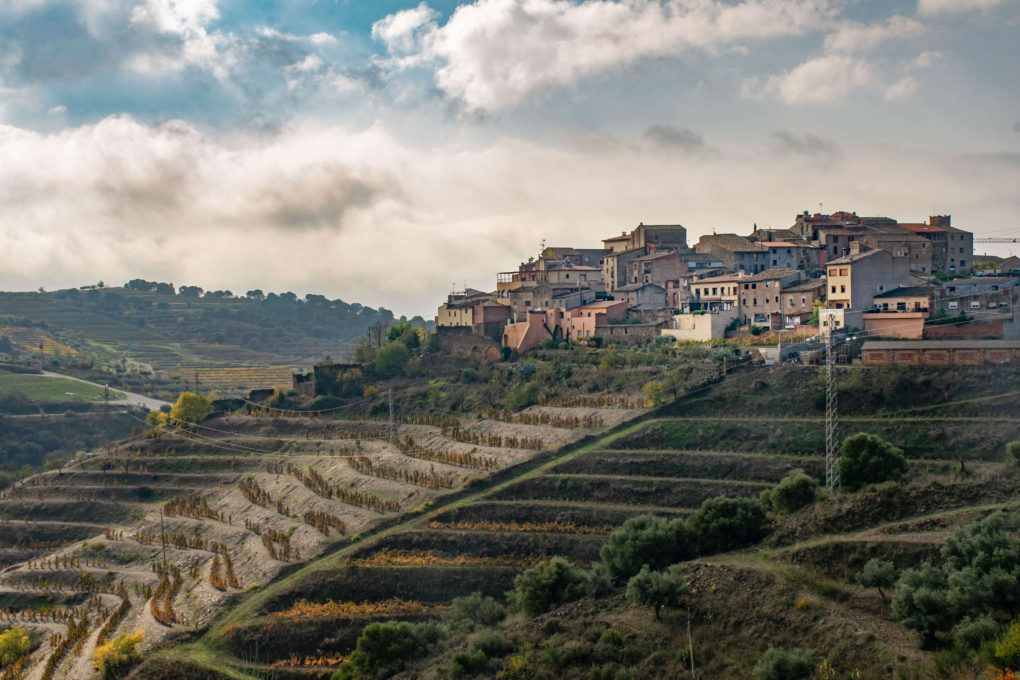
The Priorat Wine Tour from Barcelona You Can’t Miss
Want to know a secret? It’s a place I explored on a Priorat wine tour from Barcelona, Spain.
Imagine a region that produces rich, full-bodied wines from grapes grown on rocky slopes so steep, it’s a wonder anyone can walk on them. It has misty mornings, sleepy villages and centuries old wine cellars where you will likely meet the wine makers.
And here’s the thing. It’s a place that’s relatively free from the tourist hordes. A place where the term “authentic” still applies.
Sounds too good to be true? Well, that’s Priorat. It is almost too good to be true.
A Priorat wine tour from Barcelona
When I was looking for day trips to Priorat from Barcelona, I was happy to find Miquel Hudin, a certified sommelier and wine writer. Originally from California, Miquel now lives in Catalunya Spain and gives private Priorat wine tours from Barcelona.
You might think that a sommelier tour guide sounds a little, well…snooty for a traveler who just likes a sip and some scenery. Not to worry. Miquel is very casual and down-to-earth, with a dry wit. Plus he knows Priorat inside out, both the wine and the region.
Miquel picked us up at the Falset-Marçà train station in Priorat, after a scenic train ride from Barcelona of just under two hours. We were immediately treated to spectacular views as we drove on twisting roads through the rugged countryside.
Bliss tip! Where to stay in Barcelona: The Gothic Quarter is a prime place to be in the centre of Barcelona. I stayed at the 4-star Hotel Barcelona Catedral, just around the corner from the main cathedral. The hotel was modern and clean, and provided an insightful free walking tour in the Gothic Quarter.
Check prices and availability at the Hotel Barcelona Catedral
Where it all began
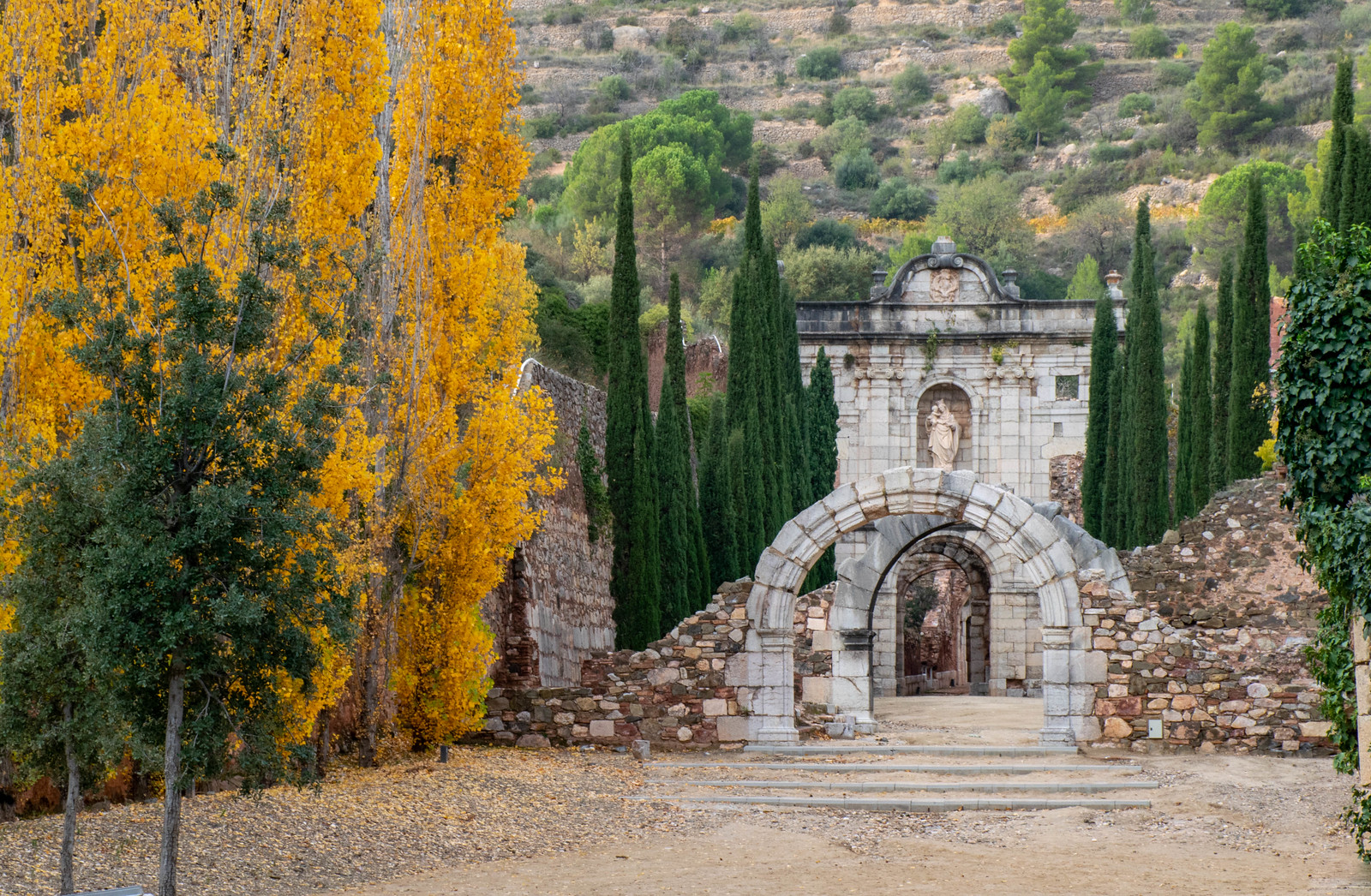
We have monks from France to thank for the tradition of wine making in Priorat.
In the 12th century, they built this monastery, La Cartoixa d’Escaladei. The name (also referred to as Cartuja in Castilian) is said to have come from a shepherd who dreamed of angels ascending to heaven on a stairway resting on a tall pine tree. Escaladei means a stairway straight to God.
Of course, they may also have been inspired by the strong wines they created from grapes they cultivated on the steep hills of Priorat.
Despite tough times over the years, it’s a tradition that has endured.
Guided tours of the ruins of the monastery are offered, or, as we did, you can also get some nice views from outside.
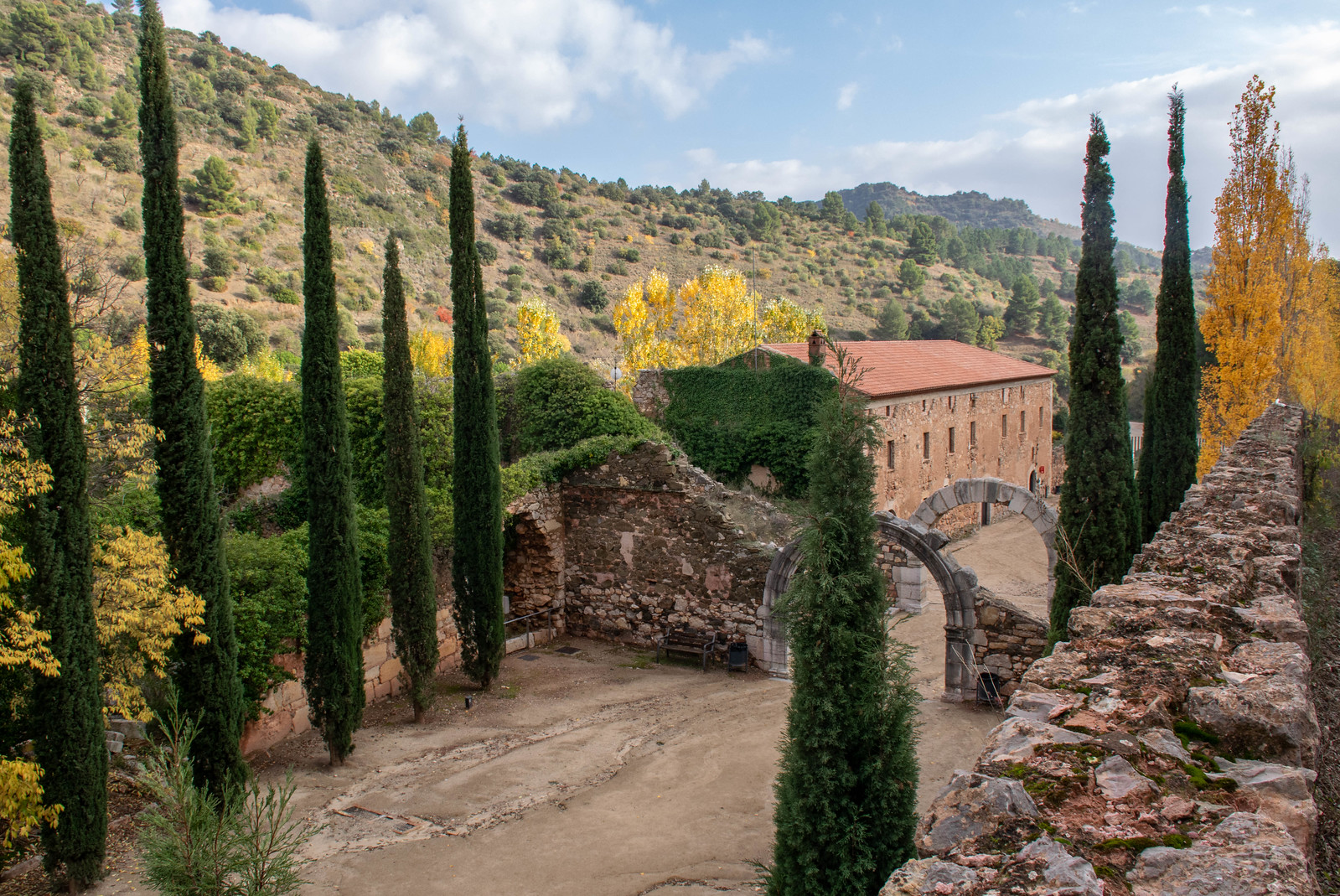
The decline and rise of Priorat
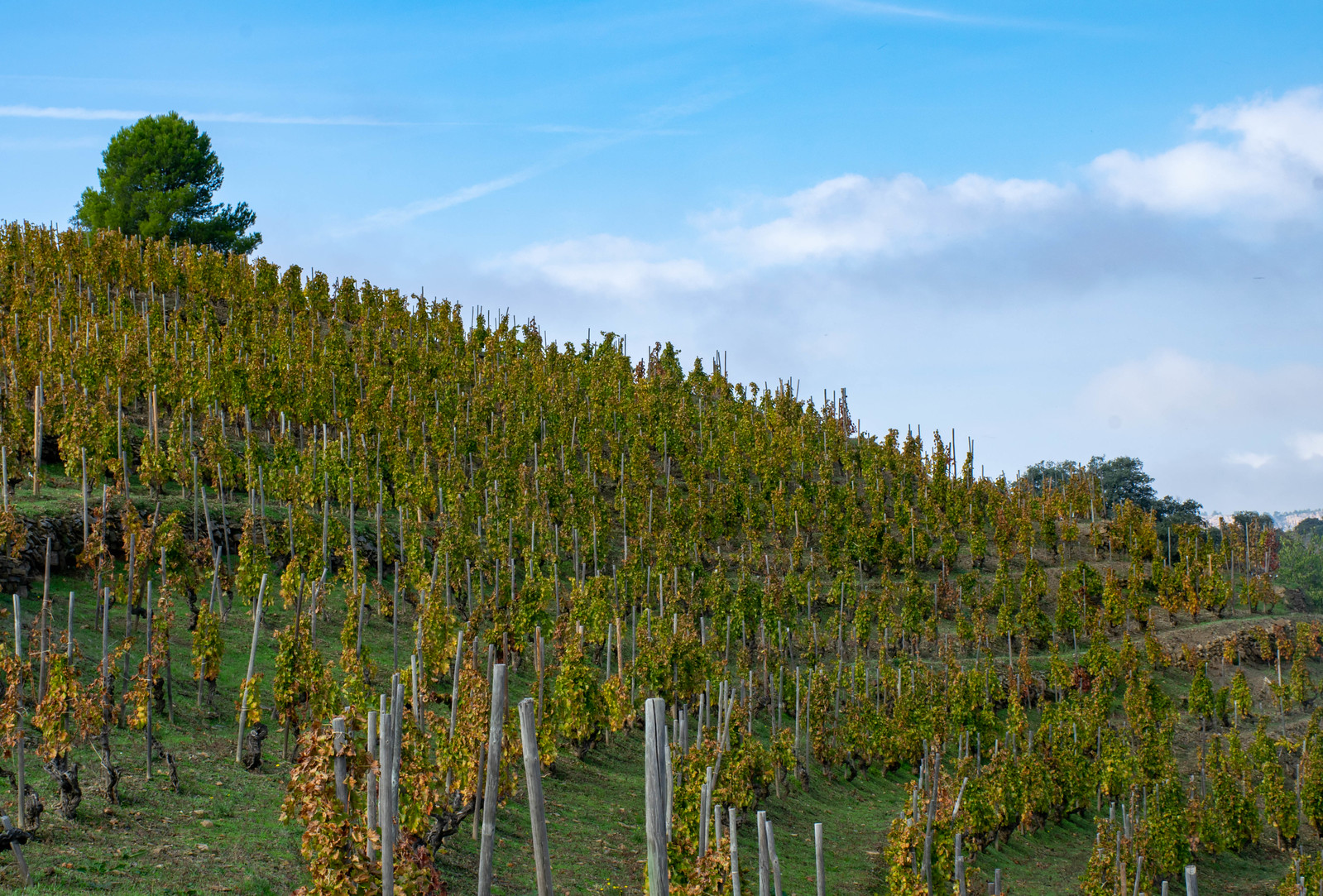
Vineyard for the wine l’Ermita of Álvaro Palacios
After driving up a narrow, and somewhat precipitous route to the top of this hill, we were rewarded with stunning views of the vineyards.
The population in this area declined in the 19th and early 20th centuries. Like elsewhere in Europe, the vines were ravaged by the phylloxera disease, and, more recently, the region was hard hit by the 2008 global financial collapse.
But, as Miquel told us, a group of local wine makers reinvented the Priorat wines by going back to basics. They’re making wines that focus on the flavours of the local grapes: Grenache and Carignan, with, as Miquel put it, “the most minimal of intervention.”
The results are delicious!
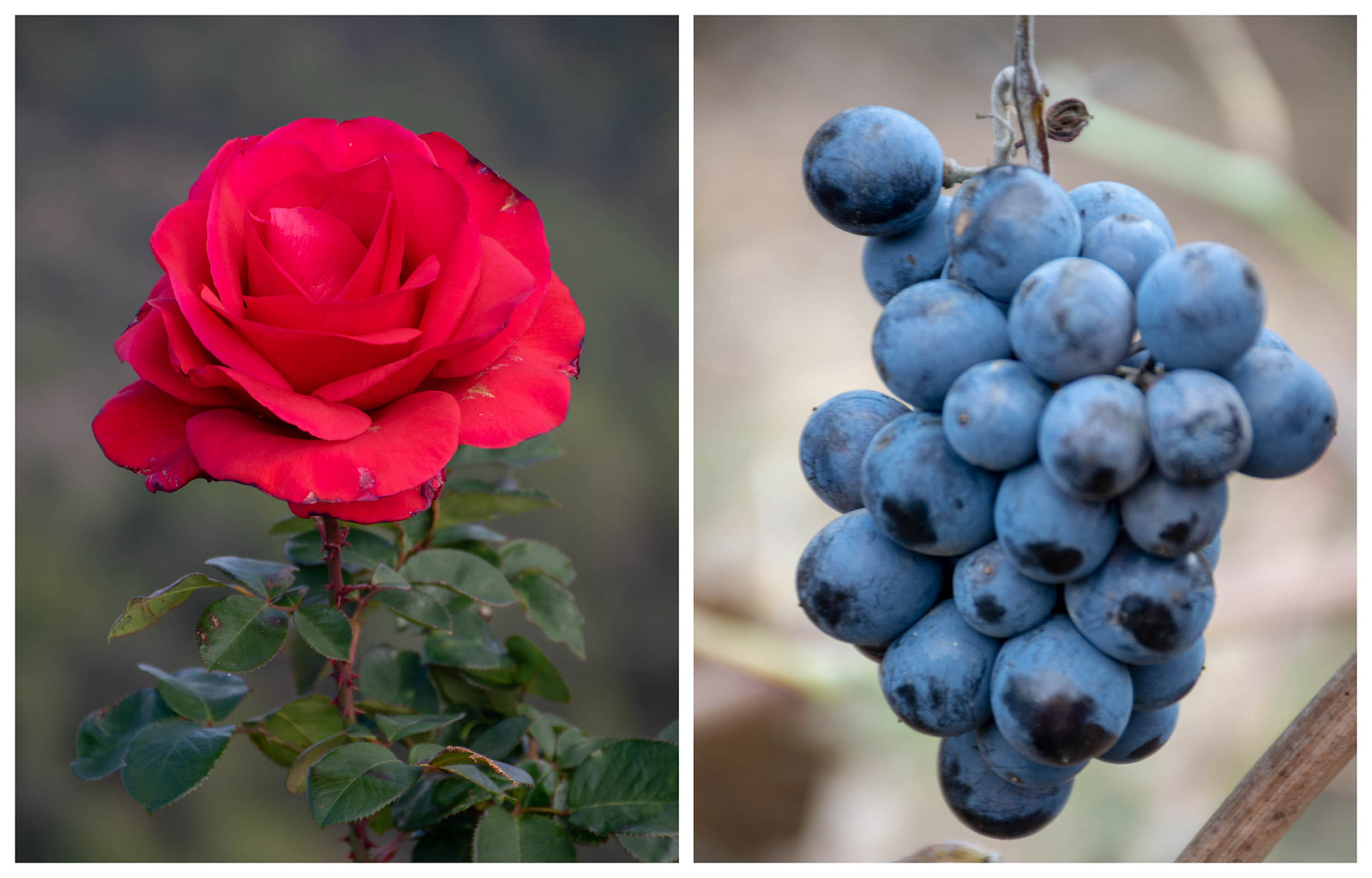
The Priorat wine was luscious
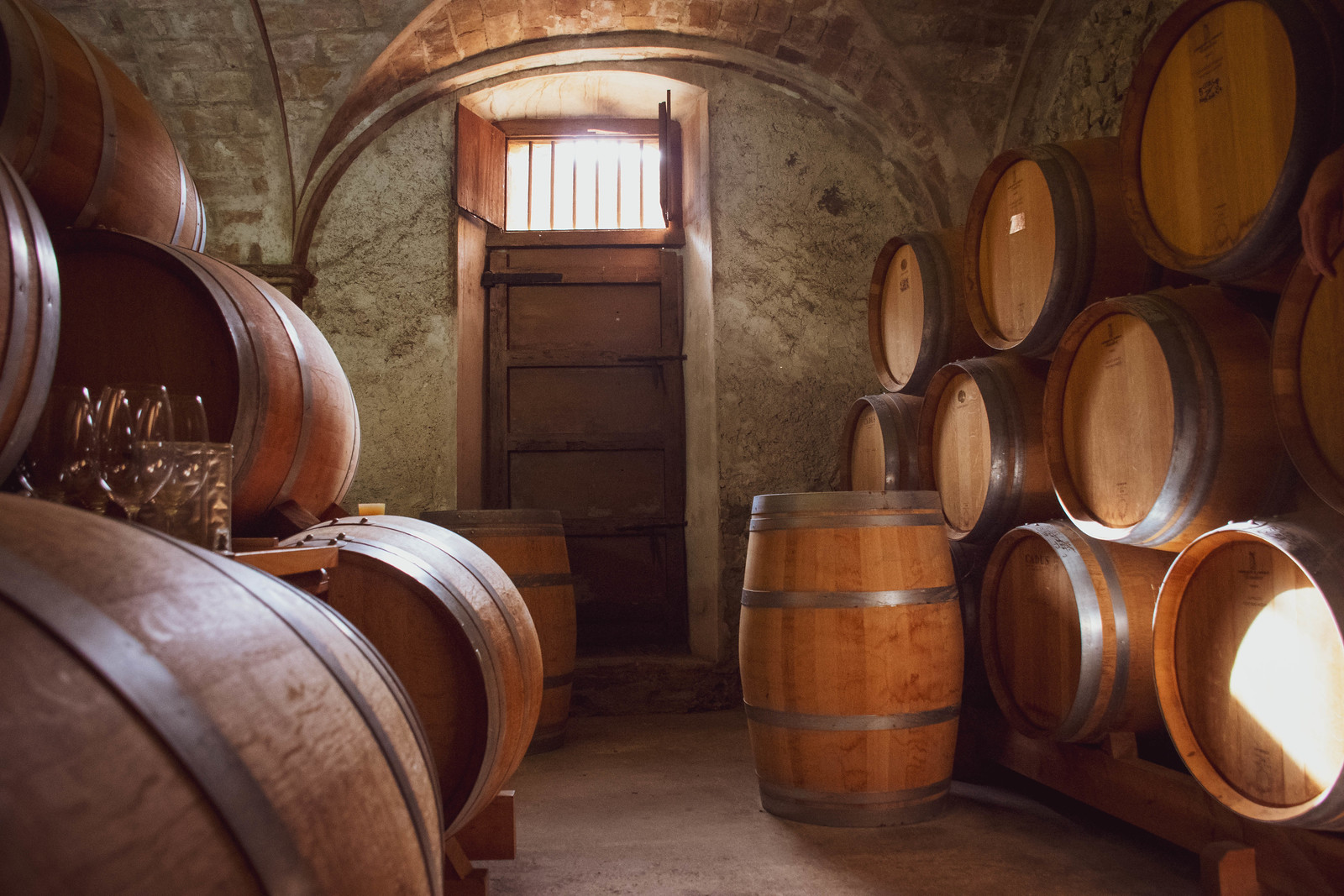
Celler Ripoll Sans
Many Priorat wines were tasted as part of this tour. Or was it more than many….?
Priorat wines get their unique taste from the uniqueness of this region. The soil on the hillside terraces consists of broken slate called ‘licorella’. The vines are old, the nights are cool and the yields are low. All grapes are hand picked. The region bears the designation DOQ, only one of two wine regions in Spain to earn the “Qualified” adjective as part of its name.
Our word for the day was “luscious”. These are rich, full-bodied wines tasting of sun-dried red and black plum, black cherry and cassis. There is also a distinct minerality that probably comes from the slate soil. The best Priorats often have 14.5% alcohol or more, but are still fresh and well-balanced.
For our first Priorat wine tasting, we stopped in at ‘Celler Ripoll Sans’ near the village of Gratallops. Owner Marc Ripoll has a long family tradition of wine making and the cellar has atmosphere galore, with vaulted ceilings, common in old homes of the region.
Marc is passionate about the region, relying on the old vines, which are certified organic. And he names some of his wines after his kids. Yes, a bottle of that made its way into my suitcase!
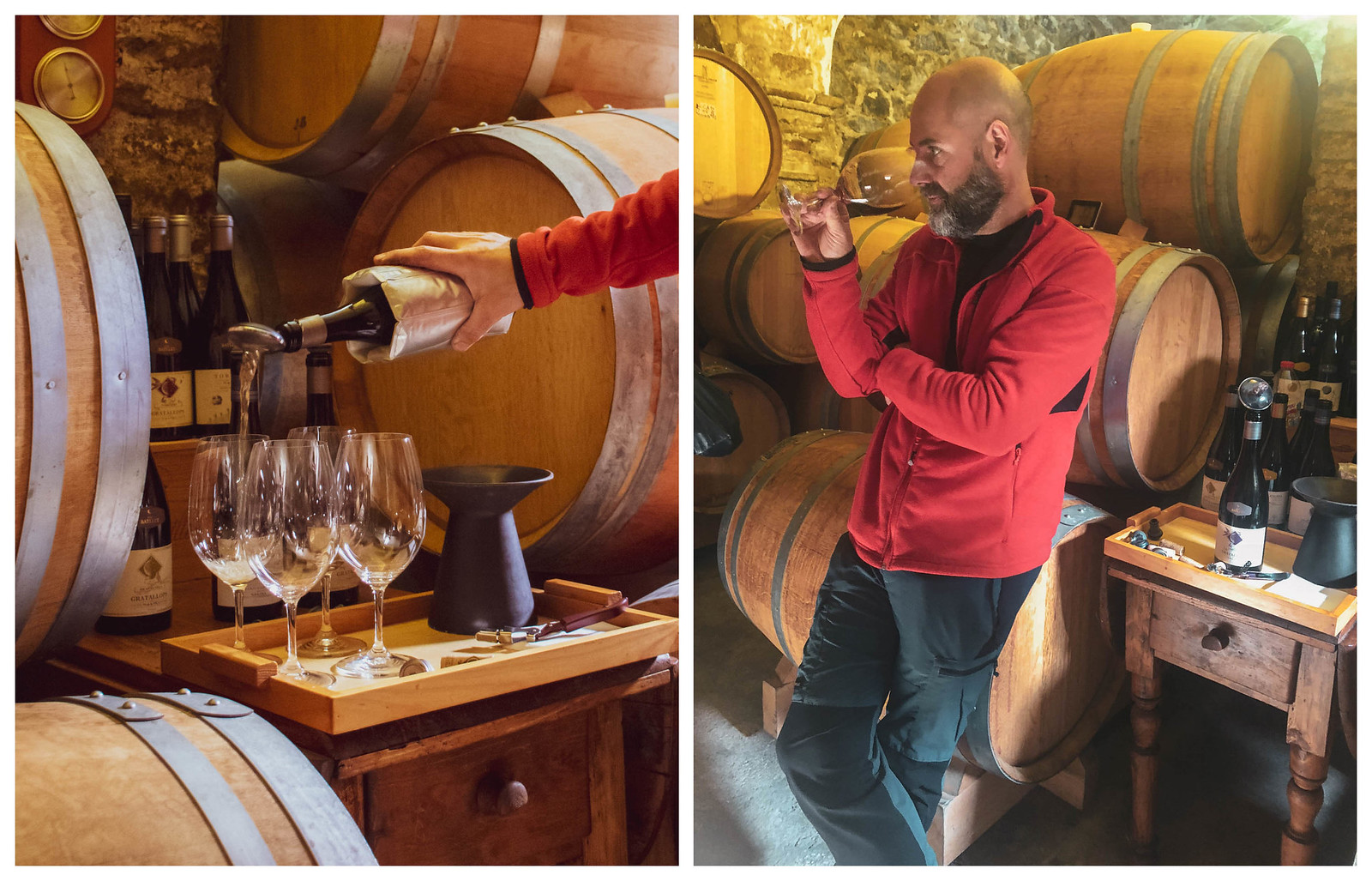
Sleepy villages: La Vilella Alta
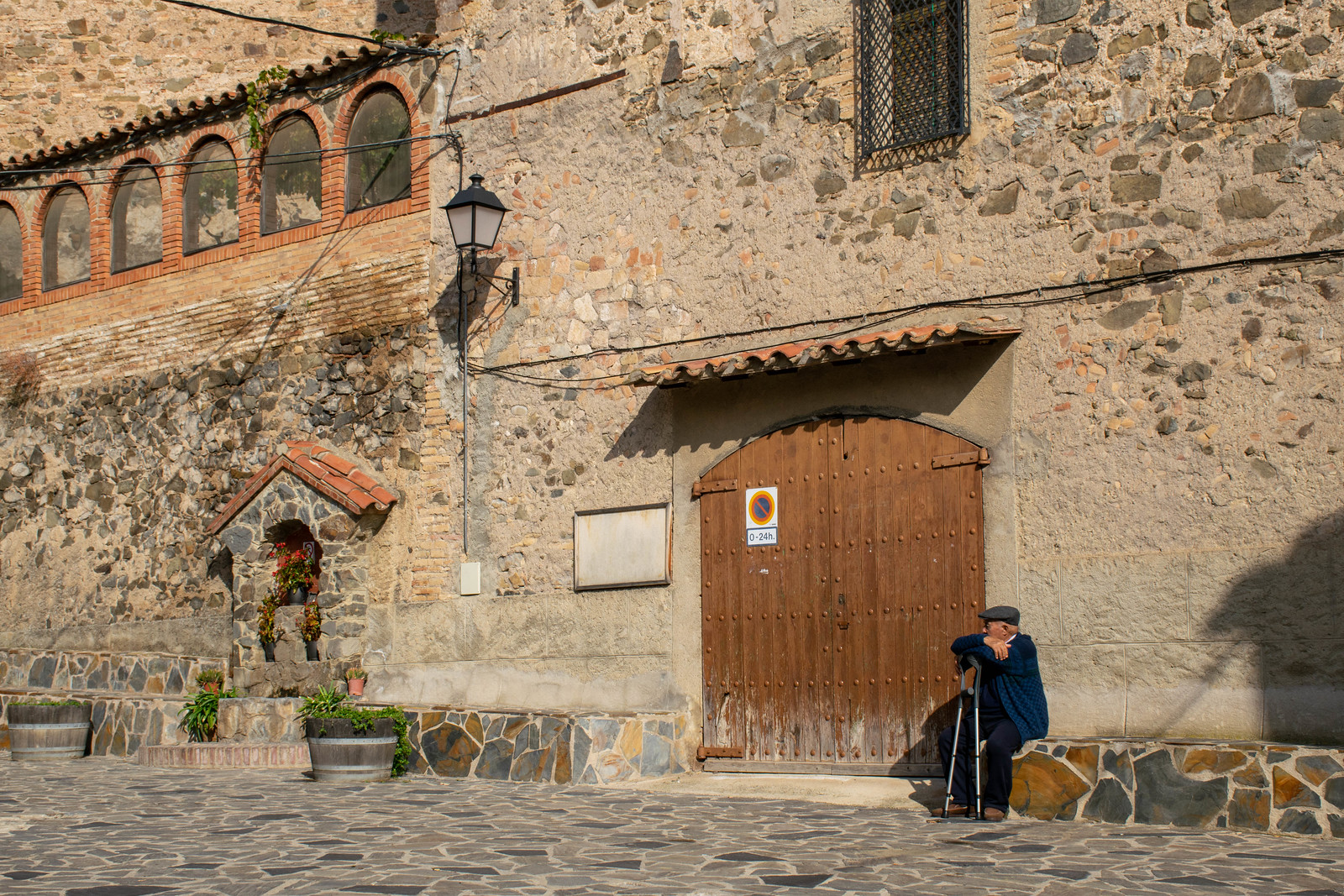
For lunch, we settled into a small, family restaurant in the quiet village of La Vilella Alta.
The locals take a lengthy lunch break, usually from about 1 – 3 p.m., depending upon the time of year. As a result, the wine cellars are often closed at this time.
So, there is no choice but to go with the flow….and take some time to savour the local food, and wine pairings, like the locals do. You’ll get a sense of the “lunch-time rush” from these photos.
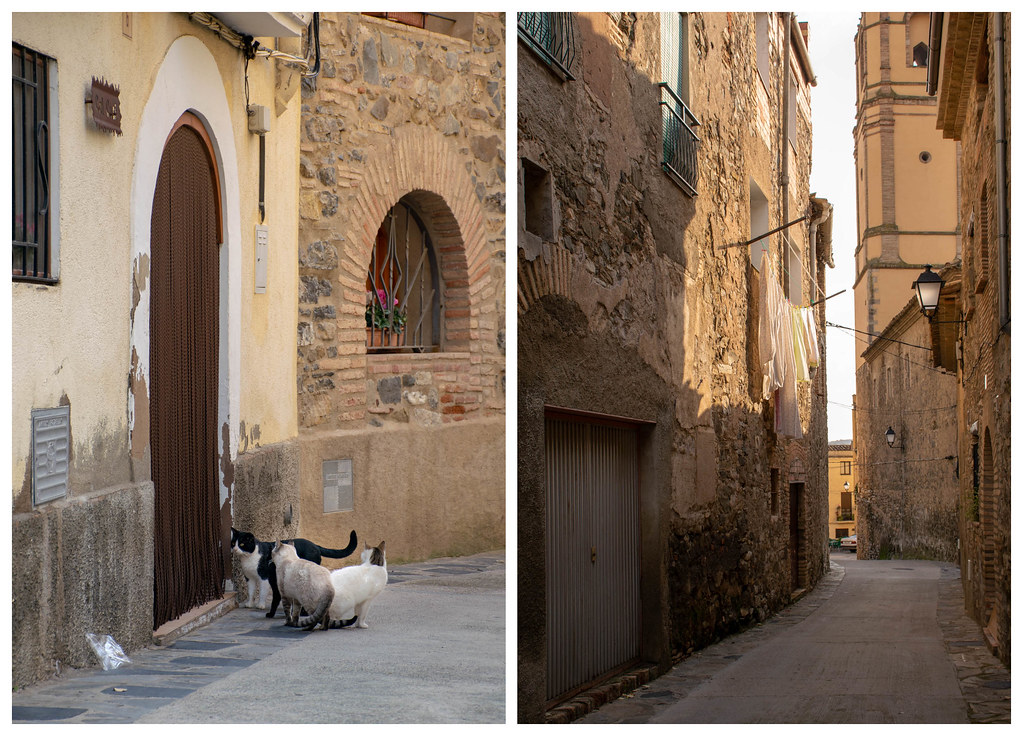
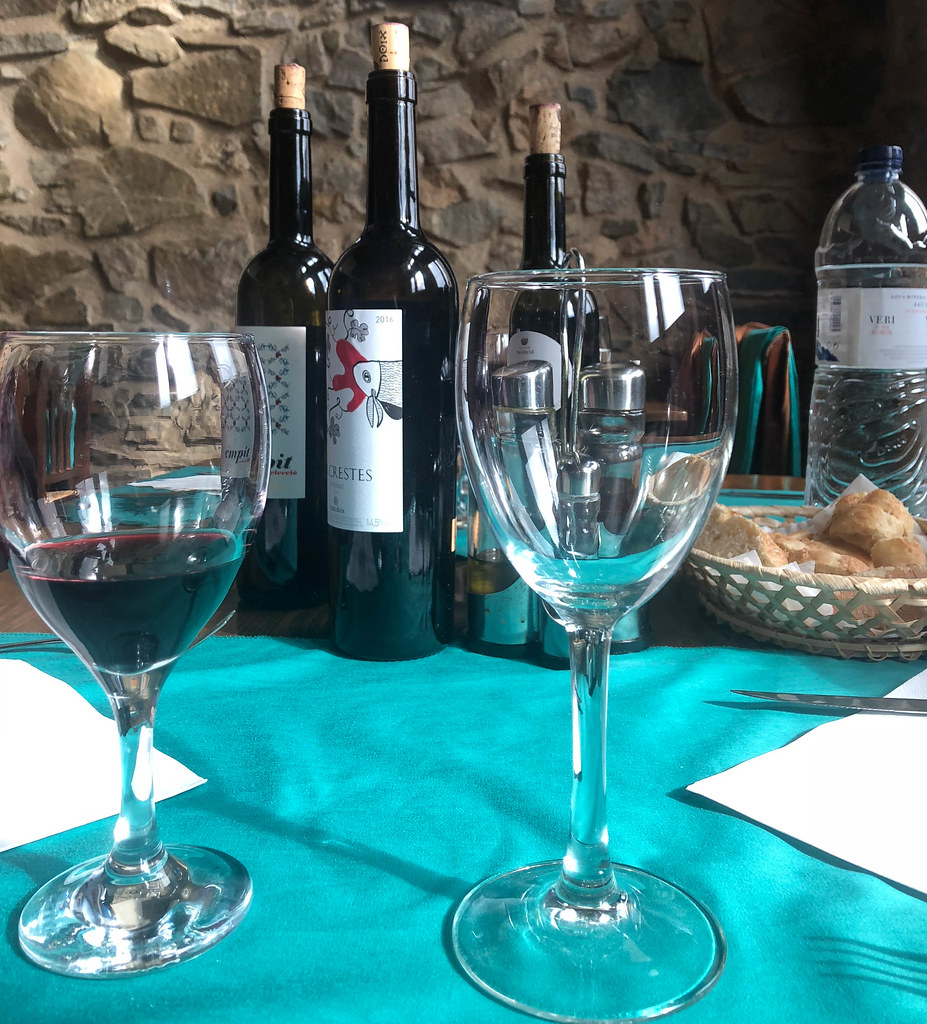
Lunch with a “taste” of wine at Lo Cupet in La Vilella Alta
The village and winery of Escaladei
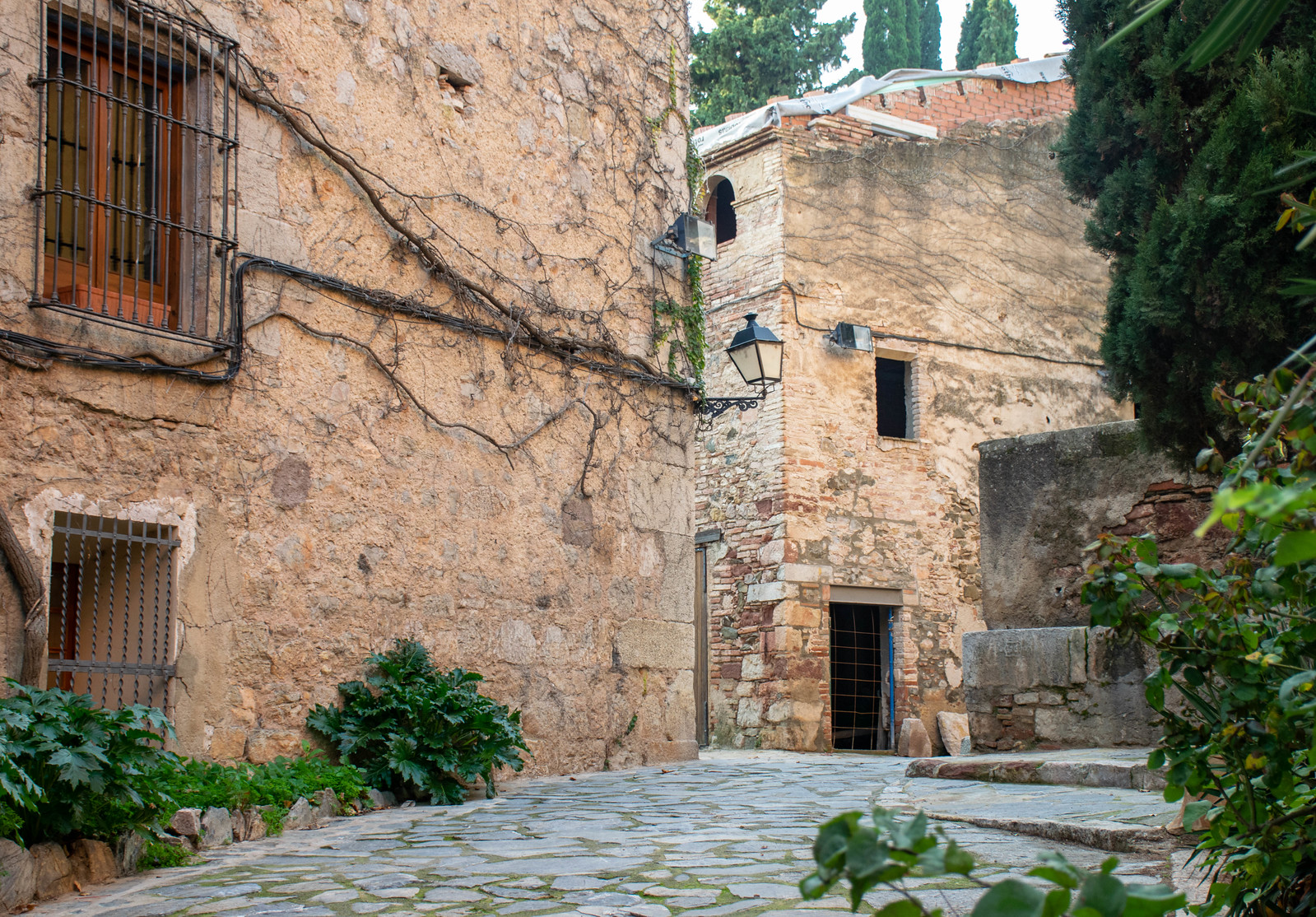
In the afternoon, we wandered through the quiet streets of the village of Escaladei, named for the monastery nearby.
And, we enjoyed more tastings at the Escaladei winery, where they’ve developed their own stairway to heaven. As Miquel tells it, they produced the first vintage of Cartoixa in 1974, “a vintage that was to become iconic and paved the way for the renaissance of Priorat.” It was a blend of local Grenache grapes. Their recent Grenache wines are receiving critical acclaim.
MInd you, when it comes to wine, I just go with what I like. If you haven’t tasted a Priorat wine before, it’s an experience I highly recommend.
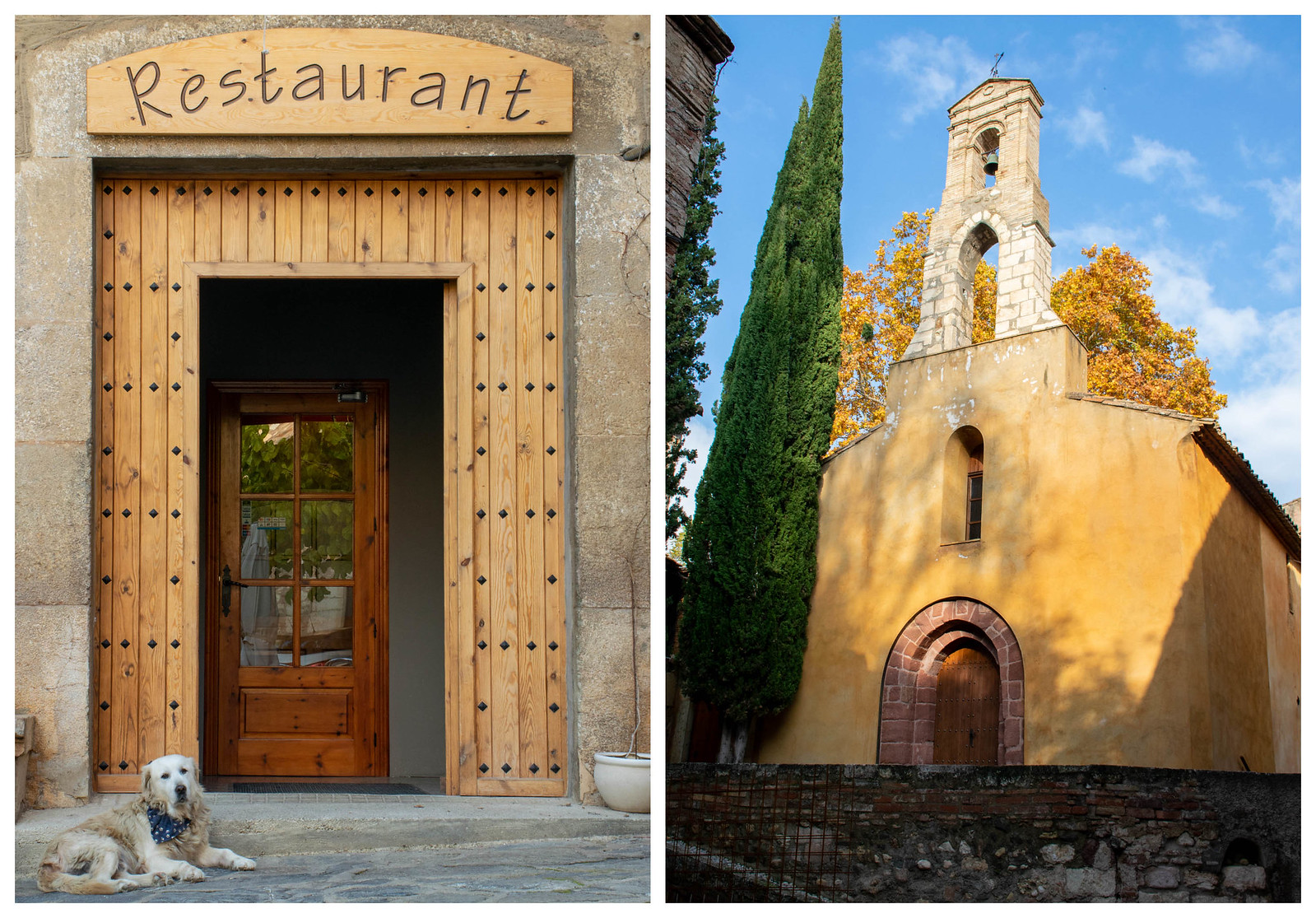
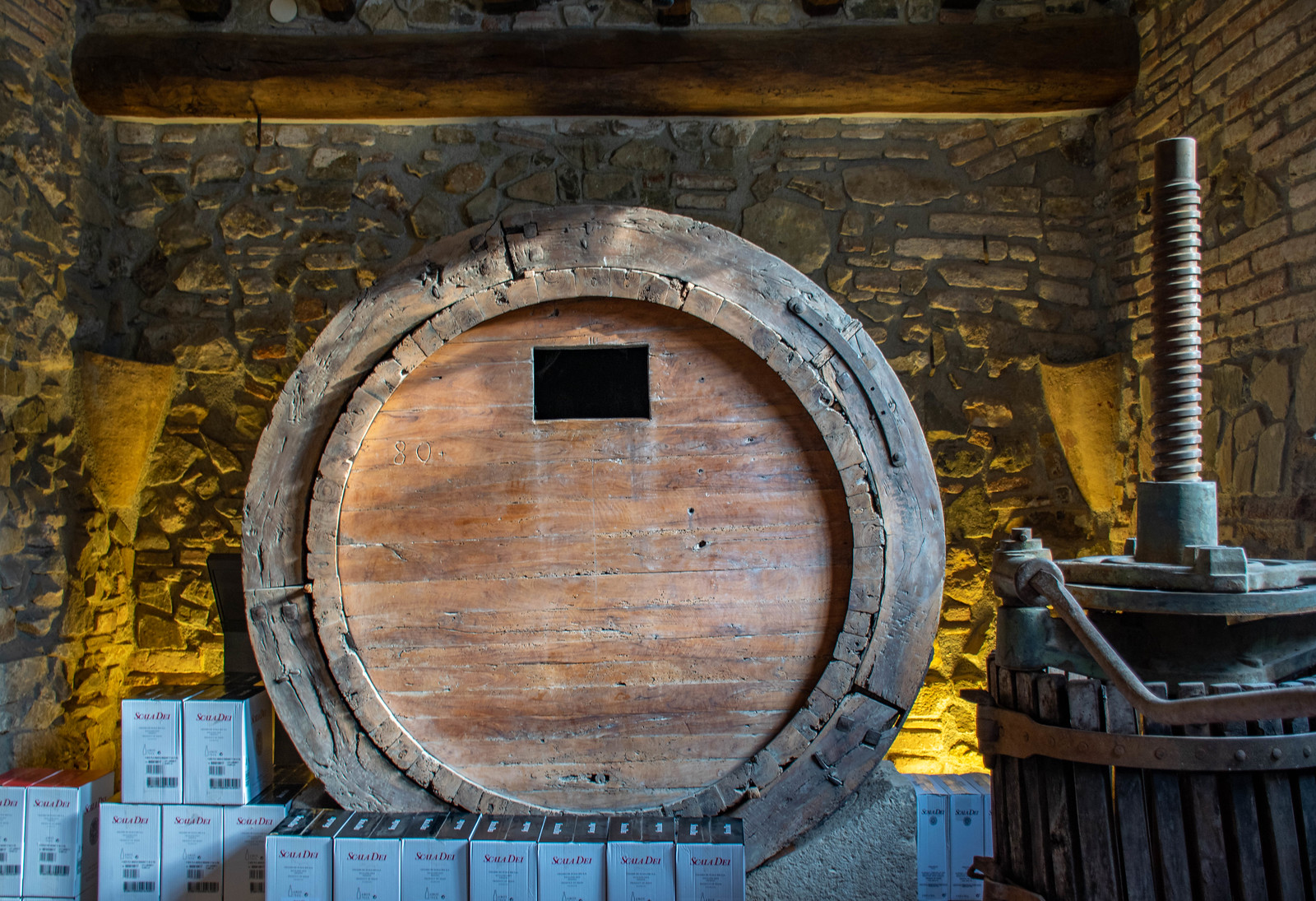
Cellers de Scala Dei
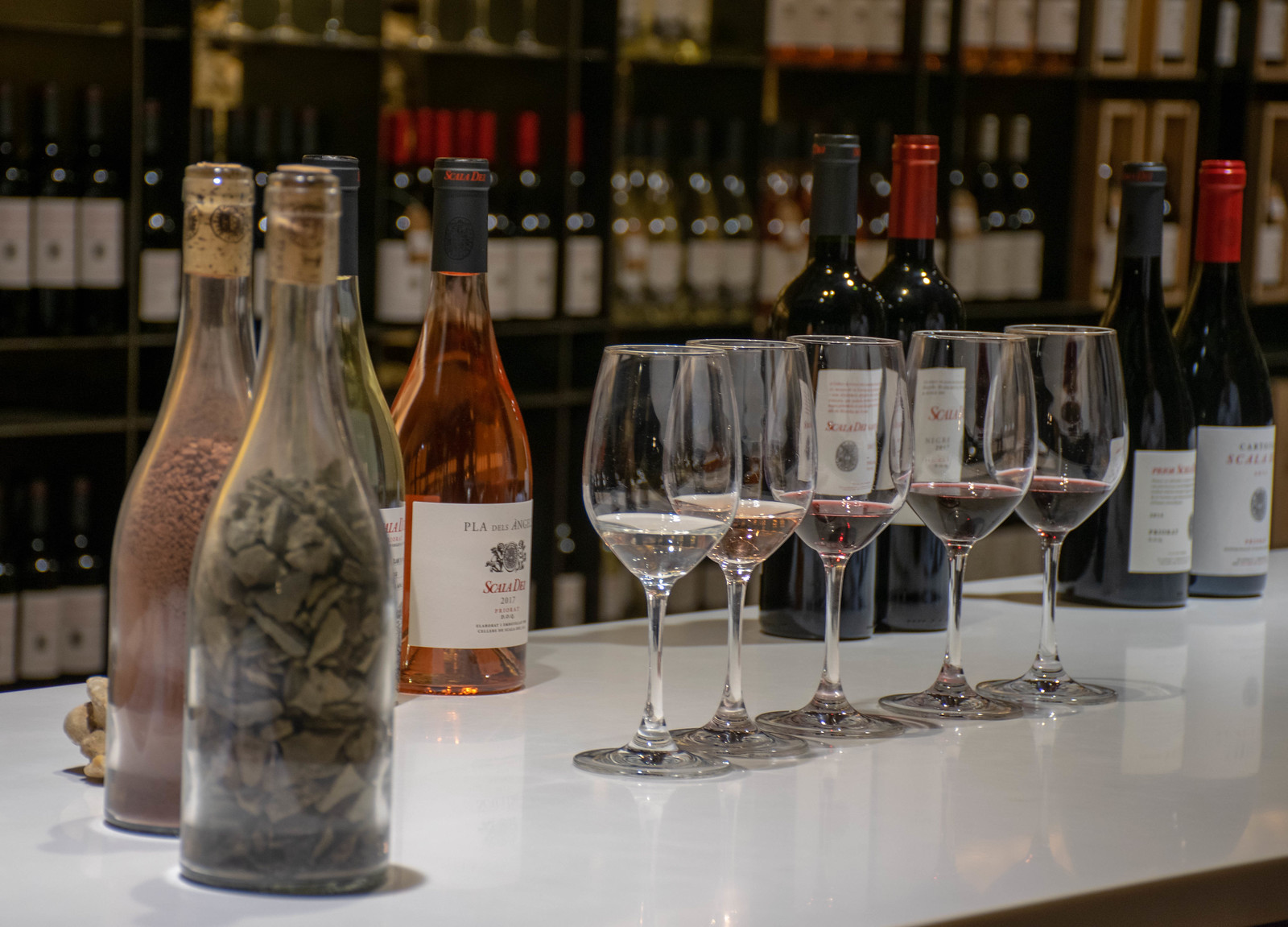
Tips for visiting Priorat
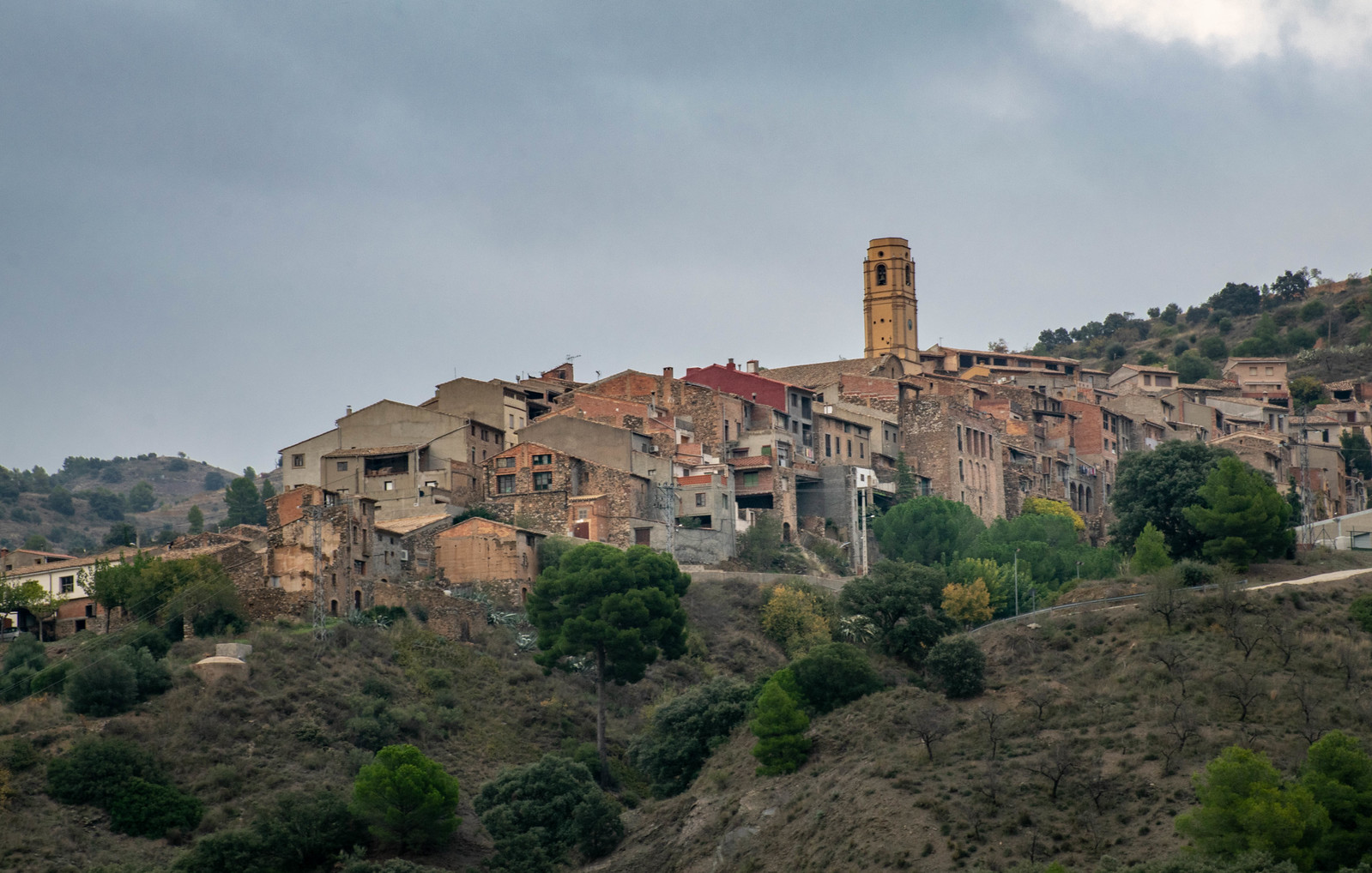
View of Vilella Alta
At our last stop, we visited a modern winery, Mas Alta, which also gave us a great view back to the village of La Vilella Alta. The wines were, again, wonderful, but I have to admit that I preferred the old-world feel of the older cellars.
If you plan to visit Priorat (and you should), Miquel provides some detailed suggestions on how to visit the Priorat region on his web site.
In my view, I couldn’t have imagined a better day than we had on the tour.
You can visit the area on your own, as it’s simple to get there via train or car. However, once you’re there, the driving isn’t so easy, and you would need transportation as the cellars and villages aren’t close together.
The area is sparsely populated, and the roads are narrow, twisty and often run along the edge of mountain sides. Plus, the wine has a strong alcohol content. It does not pair well with driving.
Also, be aware that you have to book appointments for wine-tasting at the cellars. It was wonderful to have everything arranged for us as part of Miquel’s Priorat wine tours from Barcelona.
I would only have liked to stay longer (which can also be arranged). There are also plenty of outdoor activities in the area like hiking or kayaking.
So, now you know the secret. There is still a place in the world that is not overtaken by tourists. It’s an authentic place where the pace of life is slow and where the scenery and the wines will rival for your attention.
Some essentials if you go:
You may want to pick up these plastic sleeves to protect your wine bottles in your suitcase, an “airplane-approved” corkscrew, or this wine picnic set and carrying case.
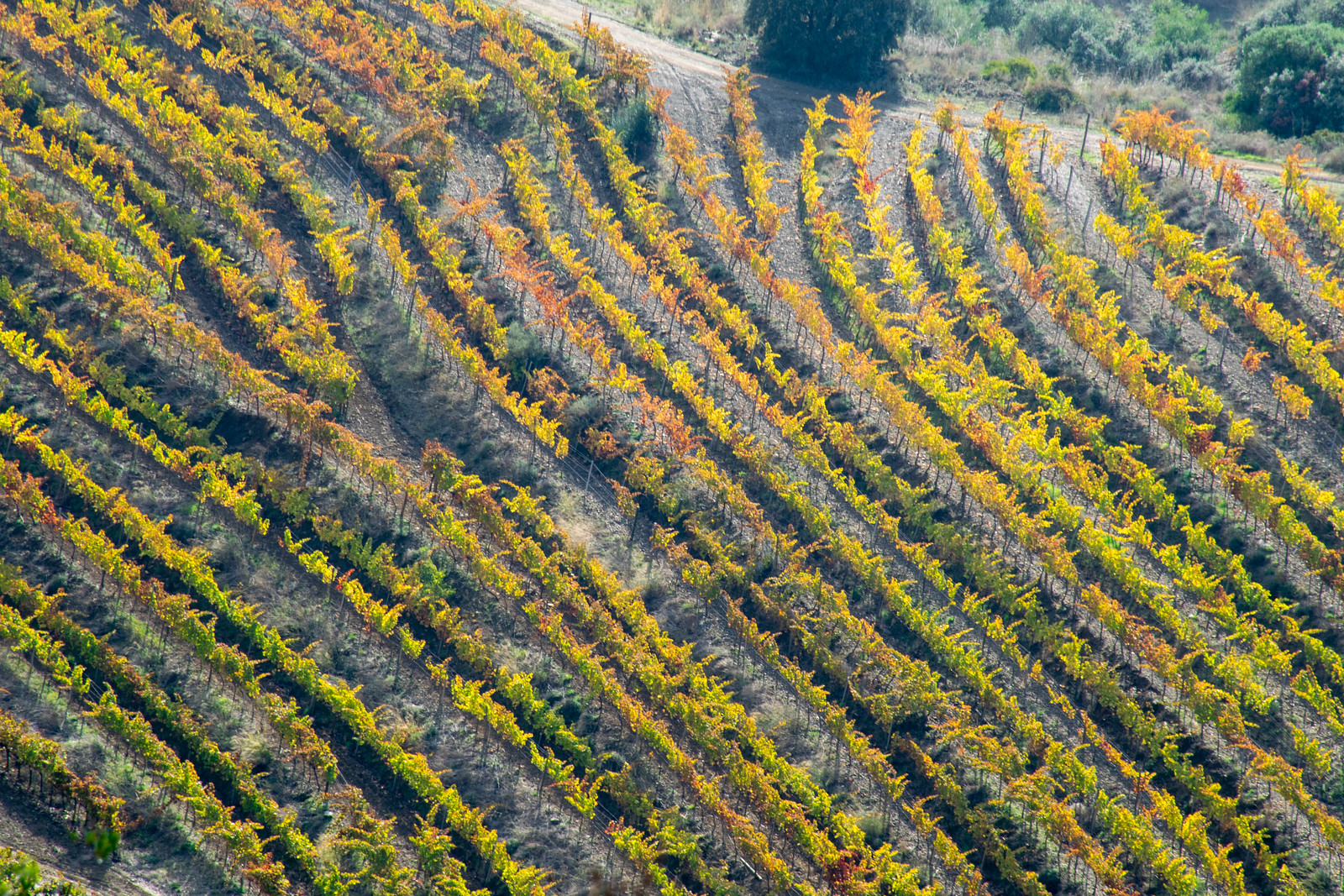
More Information:
Tour details: Wine Tours of Priorat
Where to Stay in Barcelona: Check prices and availability at the Hotel Barcelona Catedral or review all Barcelona hotels here.
Tourism Information: Priorat Tourism Office, Spain Tourism
Suggested reading: Vinologue Priorat – SECOND EDITION, DK Eyewitness Travel Guide Barcelona and Catalonia
, Lonely Planet Spain (Travel Guide)
Travel Bliss Now received a media discount on the tour, but my opinions are always my own.
Pin it:
Learning How to Eat Like a Local on a Barcelona Food Tour
Tips to Learn & See Authentic Flamenco in Seville, Spain
The Best Way to Tour the Douro Valley, Portugal

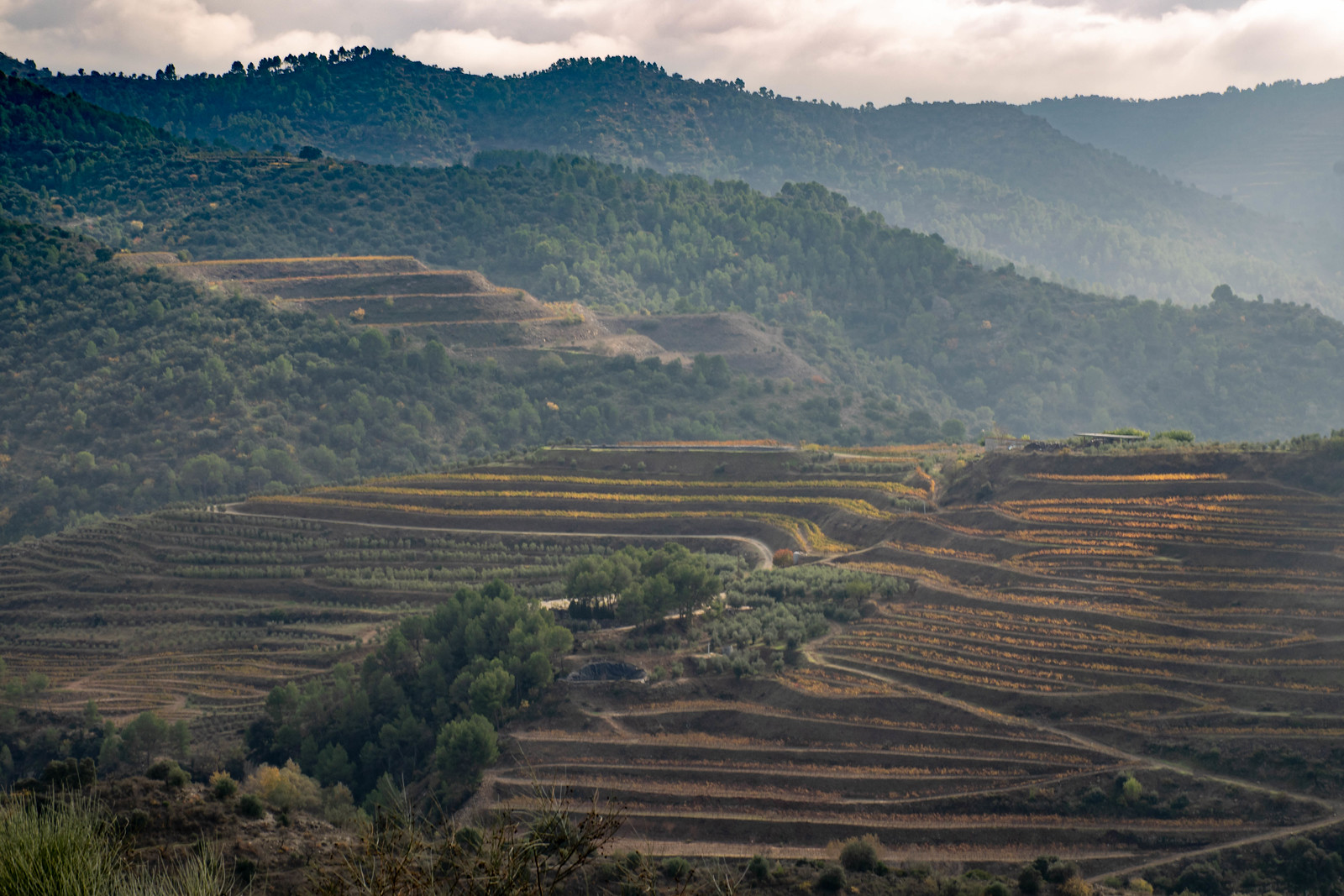









I love reading about places that are still a secret…still tucked away from the craziness of tourism. This is clearly a wine lovers paradise and in one of my absolute favorite countries at that! I had no idea one could be successful in that type of terrain though. I also LOVE that Marc names some of his wines after his kids-that is awesome. How cool would it be one day to say “oh yeah, that’s me…my dad created that wine and named it after me”!!
Thanks so much Heather. I think that’s part of the charm of these small places and the family wineries. You get to meet the local people and learn their stories.
I would absolutely to do this tour! That monastery looks like such a beautiful setting. I love Spanish wine so much!
Thanks Carmen. It was such a beautiful area and the wine from this region is fantastic.
Thanks for sharing ! I’m more of a French wine person, not very familiar with Spanish wine. I have to give this a try ! =)
Oh yes, you should try the Priorat wine. You will be pleasantly surprised! Thanks for reading, Jeremy!
Mmm… now I want wine! Thanks for the post!
You will love the Priorat wine! Thanks for reading, Brianna.
I love family wineries almost as much as I love luscious wines 😉 I love it the Priorat wines are going back to their roots and native grapes. Not only does it preserve a part of the culture, but often times these local grapes need less chemicals to thrive. This looks like a real authentic Barcelona tour.
Indeed, not only have the Priorat wineries gone back to their native grapes, some of the ones we visited have gone organic too. It was a great tour! Thanks Jenn and Ed.
This sounds like a great tour. Though I’d probably book a guided tour just like you did to lessen the hassle of driving and arranging appointments. 🙂 The village looks charming too. Great to know that you can take a look around and visit other places aside from the wine tour. 🙂
Thanks Marvi. There was a good amount of time to look around in between the wine tasting and eating experiences!
I love this post, so much so, I have pinned for future reference. This would have been the perfect day trip for me when I was in Barcelona! I love doing wine tours, and can’t recall if I have had that wine, but now want to check it out. The village you went looks so picturesque and lovely. Thanks for sharing!
Thanks so much. It was the highlight of my visit to the Barcelona area!
Ah yes, nothing beats an evocative hill town. Add in the chance to learn about wine (and taste as you learn!) and you have yourself quite a memorable experience, indeed.
It’s good to read the winemakers are simply going back to the old ways, or the basics to get back on their feet – the old ways are becoming new again and right so.
Thanks Jerry and Fiona. I just love the medieval hill towns and the experience is even better with wine!
You had me at “wine tour” in Spain. I love Spanish wines and know the region from the Priorat appellation but have never been there. It looks as though one of the wineries also does a white from one of your photos? What varietal was that — an Albariño perhaps?
Thanks Michael. The white is produced by the Ripoll Sans cellar and is a 100% Escanyavella wine. This grape was new to me, but apparently, it’s a very old grape that is dwindling in numbers. Funnily enough, the name means “old lady strangler”. The taste, however, didn’t resemble that at all – – quite fresh with aromas of white flowers, lemon peal and a good citric acidity, according the our sommelier’s description.
Michael, Albariño is solely based in the northwest of Spain as the eastern, Mediterranean climates are just far too hot for the grape.
As Cindy mentioned, this Escanyavella means “old lady strangler” and is very well suited to the region, but white wines are only about 6% of the total production each year. If you want more white, then I’d suggest Terra Alta about 40 minutes south of Priorat where they’re doing great things with White Grenache.
Thanks Miquel.
Oh my gosh, this area looks absolutely stunning with the terraced hills quaint architecture! Your pictures are really well shot as well. I loved seeing wineries in Santorini but this looks like an even more lovely experience! If I’m ever in Barcelona, I will try to make it out here to taste the wines and see the monastery ruins.
Thanks Kevin. I highly recommend a visit to Priorat. It’s just a stunning, undiscovered and authentic place.
Thanks for posting the link for this … Your piece and the images are delicious…
Thanks so much Jay. I really enjoyed my visit to the region…and the wine!!